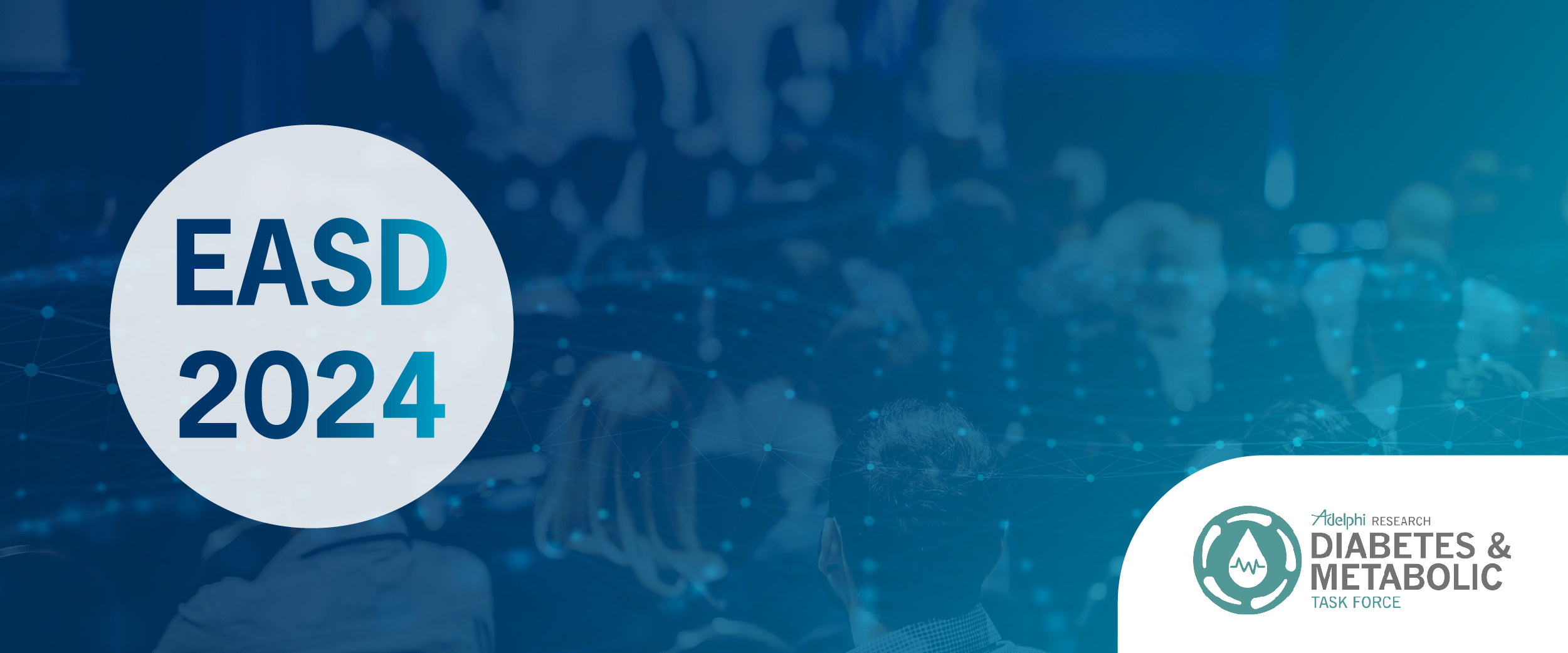
The European Association for the Study of Diabetes (EASD) conference is a key event where groundbreaking research and advancements in diabetes care are presented. This year, three hot topics stood out: the competition between once-weekly insulins, the ongoing dominance of Novo Nordisk and Lilly in obesity treatments, and insights from both small and large players in the obesity market.
Once-Weekly Insulin Showdown
One day after sharing positive data for their once-weekly insulin, efsitora alpha, in T2D, Lilly shared positive results for the QW insulin at EASD, while also publishing papers on T1D and T2D in The Lancet and NEJM, respectively. With these data releases, Lilly can now assert that all 5 trials in the QWINT program met their primary endpoint of A1C reduction. In addition, for QWINT-5 in T1D, time-in-range was similar between insulin efsitora and insulin degludec. For QWINT-2 in T2D, Lilly showed patients on insulin efsitora spent more time in range without additional hypo vs. patients on insulin degludec.
Novo Nordisk, whose once-weekly insulin Awiqli (insulin icodec) is approved in the EU (but received a CRL in the US due to manufacturing concerns and the need for more data in T1D) also presented at EASD. The company shared results from ONWARD 6, demonstrating that there was no evidence of increased physical activity-related hypoglycemia with QW icodec vs. QD basal in T1D (data which was previously presented at ADA 2024) . In a statement following Novo’s CRL, the company indicated they do not expect to resolve the regulatory issues for insulin icodec in the US before the end of 2024.
Obesity Monopoly Remains for Novo and Lilly
Novo also presented data at EASD for their novel, dual-acting GLP-1 and amylin co-agonist, amycretin. Ph1 data showed 13.1% weight loss after 12 weeks, with Novo highlighting the potential for additional reductions in a longer trial. Perhaps most interestingly, this data proves that an oral formulation of the dual-agonist could offer significant benefit. However, tolerability is still a concern, with 87.5% of patients on the high dose experiencing GI AEs. Novo presented several additional obesity-related abstracts covering Wegovy, Saxenda, and CagriSema.
Lilly presented data from their obesity portfolio as well, including tirzepatide data from the SURMOUNT and SURPASS trial programs – kidney data (SURMOUNT-2), predictors for achieving and sustaining glycemic control and weight loss (SURPASS-4), and subgroup analysis by sex (SURMOUNT trials). Lilly also presented data on their triple agonist, retatrutide, and their oral GLP-, orfoglipron.
Small and Large Players – Additional Obesity Insights
Zealand Pharma presented data on their GLP-1/GLP-2 dual agonist, dapiglutide, both in a September 9th press release and at EASD. The Ph1 multiple ascending dose trial showed placebo-adjusted body weight of 8.3% with dapiglutide after 13 weeks.
Genentech/Roche also shared more data on CT-966, an oral small molecule GLP-1 RA, including PK/PD, and safety/tolerability data, and shared data on CT-388 (though Roche’s stock fell after disappointing side effect profile).
Additional data presentations focused on Mazdutide from Lilly/Innovant (Chinese participants), Pemvidutide from Altimmune (lean body mass preservation), and Survodutide (obesity and MASH). Tern also shared results for their Ph1 obesity asset in the days prior to EASD.
